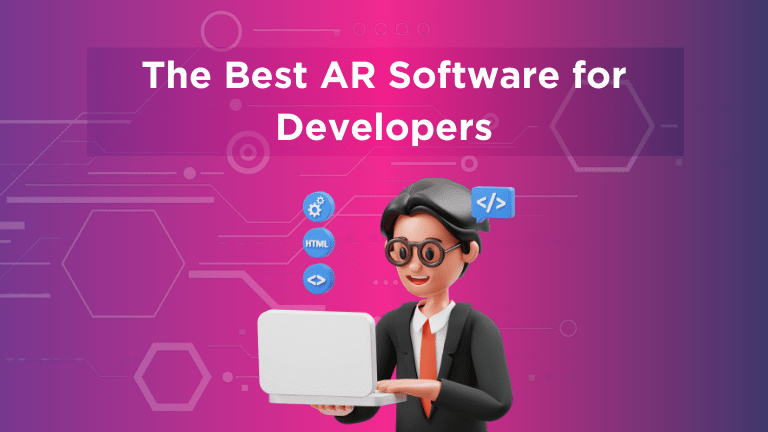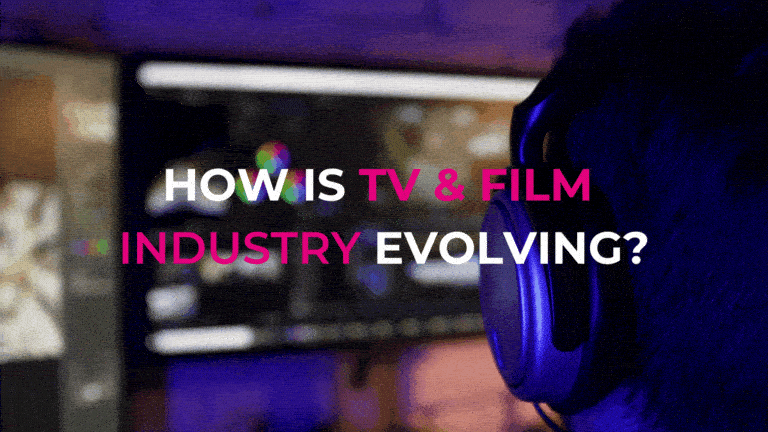Here’s the top 5 VR headsets coming you way this year!
Virtual reality is definitely heating up in 2022. Experts currently predict that the virtual reality market is growing at around 33.85% per year. And headset sales growing from 13.4m units in 2020 to 112.62 million units by 2026. This is largely due to the demand for increased immersive experiences; driven by factors like hybrid work, the Metaverse, and digital transformation, vendors, are releasing the next generation of VR devices.
So, which headsets are most likely to make an impact on your professional or personal life this year? While there are plenty of great options to look forward to, some are definitely generating more attention than others lately.
With Meta now championing the Metaverse, interest in the Cambria project is growing as a potential entry point to the new age of embodied internet. At the same time, newcomers like Apple are beginning to make their first steps into the XR market.
Here are the top VR headsets to consider in 2022.
Best for Console Gamers: The PlayStation VR2
If you’re looking for a VR headset for recreational fun, rather than to recreate the meeting room for your hybrid workforce, Sony has you covered! The Sony PlayStation brand was one of the first to adopt VR as it began making its way into the gaming sphere several years ago. Now, Sony promises an all-new experience with the VR2 in 2022.
The VR2 promises a phenomenal 4K OLED display, single-cord setup, and haptic feedback. The team has been quietly testing hardware for a while now to make the VR2 the beast it’s portrayed as today. Features include:
- Redesigned Sense controllers with a host of new sensors
- 4K OLED display
- 110 degree field of view and eye-tracking
- Foveated rendering
- Full access to Sony PlayStation exclusives
The PlayStation VR2 will be an excellent accessory for those already invested in the PlayStation ecosystem with direct access to the Sony marketplace. According to the Sony team, you’ll also have access to various game exclusives. Pricing information has yet to be released for the PlayStation VR2, but gaming enthusiasts predict a potential price of around $599 MSRP.
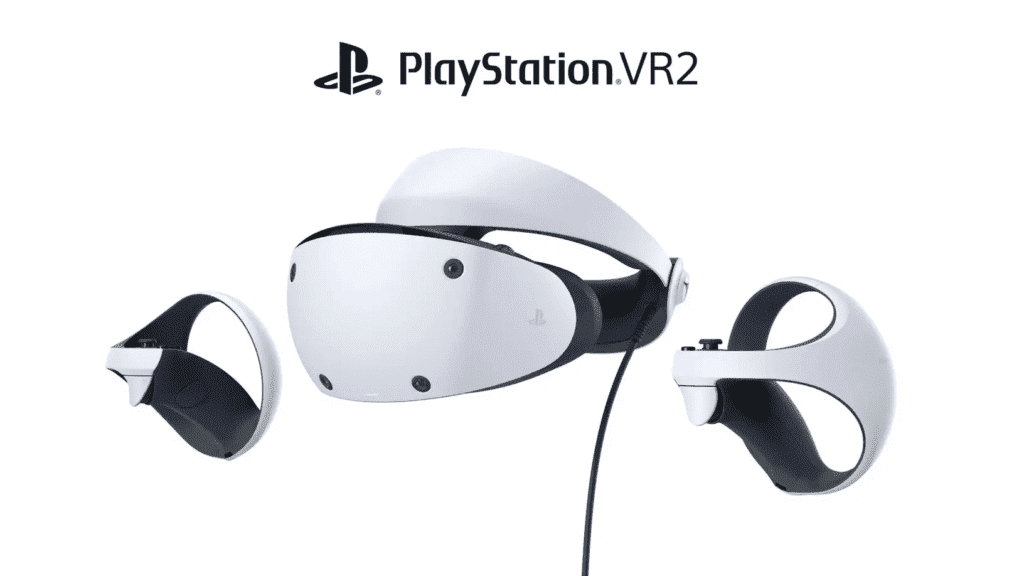
Best Newcomer (hopefully!): Apple VR Headset
Rumours have been flowing thick and fast about the Apple VR headset lately. It’s still not entirely certain whether this device will be a VR headset or a mixed reality solution. According to the latest information, the headset will feature an M-Series computer chip for some significant processing power and a powerful 4K OLED set of microdisplays.
Rumours also discuss the potential of high-resolution colour cameras, which would definitely be beneficial from a Mixed Reality point of view.
According to some, the Apple VR headset will actually be a precursor to future AR smart glasses produced for more everyday use.
Features (may) include:
- The M-Series computer chip
- High-resolution color cameras
- 4K OLED micro displays
- Mixed Reality processing
- Eye-tracking and LIDAR scanning
- Wearable controllers with finger tracking
It will be interesting to see how Apple leverages its early steps into the XR environment to pave a future for more fashionable, lightweight AR glasses intended for the company’s everyday use. Pricing is predicted to be somewhere around $1,000 for the complete kit, making sense if we’re getting an MR solution rather than just VR.

Best Visuals: Pimax 12K
The release date for the Pimax headset was announced in 2021 as being the “end of 2022”. The Pimax 12k will be an exciting introduction to a relatively prestigious brand to the market. Pimax has promised some of the best visuals on the market, capable of 8k resolution streaming and a phenomenal 200 Hz refresh rate.
According to Pimax, the new headset will tackle a range of issues with previous VR solutions by offering a wish list of exciting new features. You’ll have a massive 150-degree field of view, great Android-based OS for access to standalone content, and inside-out tracking. There’s also a range of tracking options to explore, like head, hand, eye, face, and even mouth/body tracking. Features are set to control:
- Android-based OS with access to native standalone content
- 150-degree field of view, 8k resolution and 200 Hz refresh rate
- Incredible rear-mounted swappable battery for 6 hours of life
- Two 6DoF controllers with inside-out tracking
- Sensors for tracking your eyes, mouth, face, body, hands, and head
The price for the Pimax 12 is expected to be circa around $2,400 when it launches at the end of 2022. This is quite a hefty price tag, but Pimax has promised a trade-in promotion where you can trade your existing headset in to get the value off your new purchase.
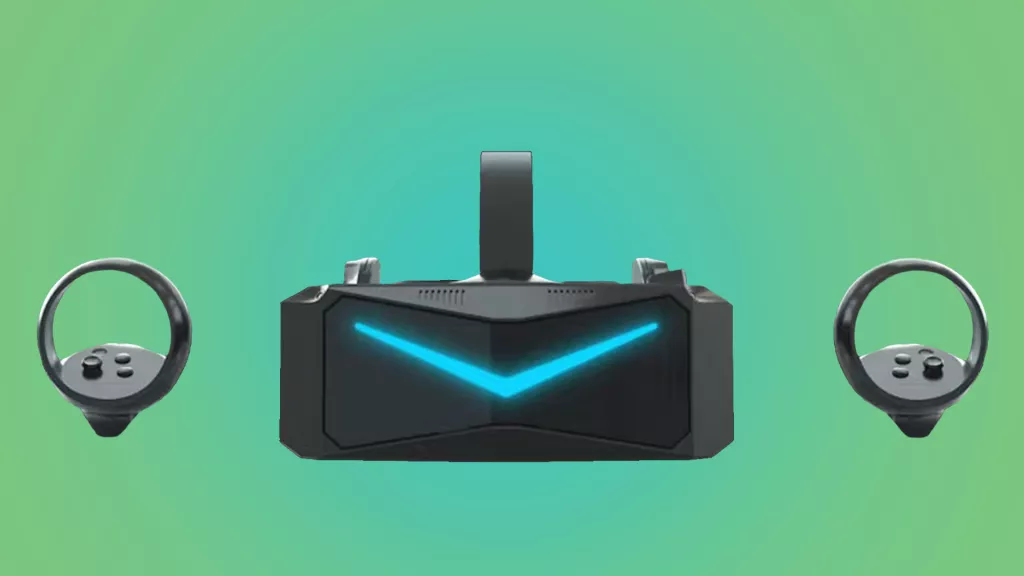
Best (Possibly) Affordable Headset: Project Cambria
Unveiled by Meta during the 2021 Connect conference, Project Cambria promises to deliver a new generation of VR headset experiences to gamers, so they can immerse themselves in a more incredible world, ready for “Metaverse” experiences.
Project Cambria offers access to a wide range of mixed reality capabilities and other functionalities we never had in Oculus technology. According to Meta, customers can expect intuitive communication experiences through ultra-realistic avatars, access to facial expressions, and full-body tracking. Features are set to include:
- All-in-one gaming with built-in content library
- Blazing-fast processor and high-resolution display
- Immersive entertainment access to Metaverse events
- Ergonomic design with thinner strap for comfort
- New sensors for facial expressions for better interactions
- Advanced reconstruction algorithms
Although official information about Project Cambria is still limited, the rumours suggest it’s in its advanced development stages. It should be ready for public release by the end of 2022. The price is expected to be between $500 and $800, making this one of the more affordable products on the 2022 market. You can watch the full teaser for the glasses here
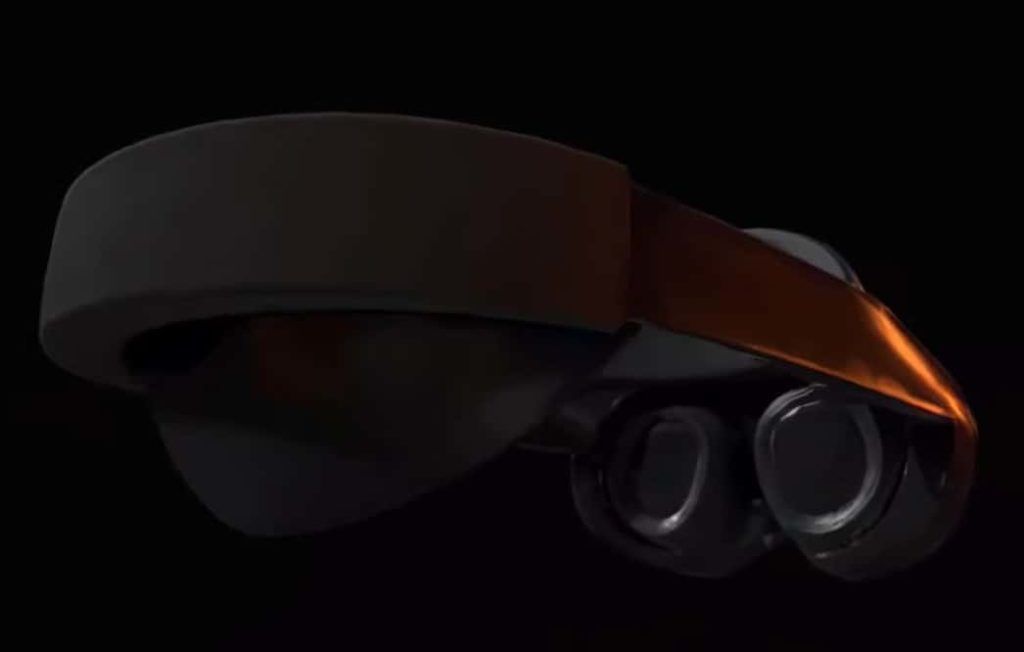
Best for PC Users: Valve Deckard
Another exciting innovation for the world of PC fans, Valve Deckard, is an upcoming VR headset that has been gaining attention in the marketplace since 2021. Currently, under development with an expected release date at the end of this year, the Valve Deckard will be a standalone model with wireless functionality.
Code for the Valve Deckard has been gradually appearing within the Steam software code for the last few months, suggesting the arrival of a headset with both dual tracking mode and mixed reality features. There are also rumours the headset will feature advanced eye and head tracking and a set of knuckle controllers to allow for more streamlined VR experiences. Some of the possible key features we’ll see include:
- Standalone wireless headset experience
- VRLink access and Wi-Fi functionality
- Multiple focal lenses for people with different visual needs
- Eye-tracking module with a variable refresh rate of 2000 Hz
- Unique knuckle-based controllers
There’s a good chance the Valve Deckard headset will come with access to a massive variety of games on Steam, a marketplace already popular among VR fans. At the time of writing, there’s currently no information about an official price for the headset. Still, its likely Valve will want to compete with other leaders like Meta and Apple.
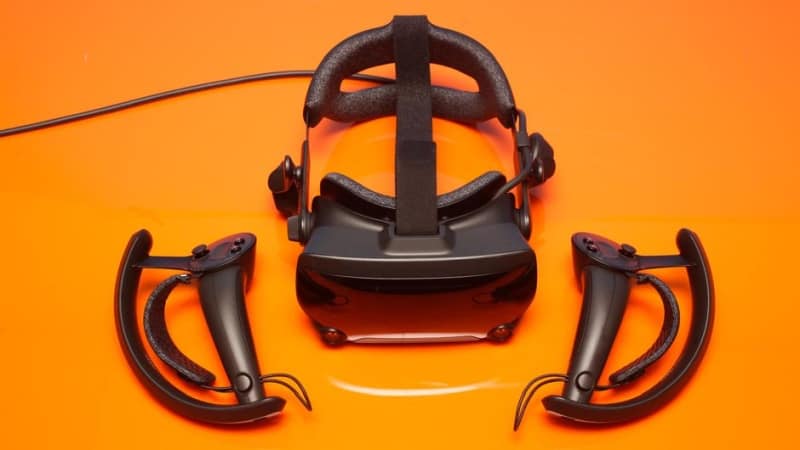
What to Expect from VR Headsets this Year
While many VR innovators in the market today are keeping their plans for new devices relatively under wraps, we’re still getting some pretty exciting insights into what the year might look like from rumours and coding insights. Suppose you’re a virtual reality enthusiast already. In that case, you’re planning on working in VR development going forward, or you’re going to be using VR in your workplace, then there’s a lot to look forward to this year.
Though each company and headset mentioned above has something unique to offer the marketplace, it’s worth noting we are seeing some significant trends in the industry, such as:
- Improved sensors and tracking: Better sensors and improved tracking for hands, eyes, facial movements, and body motions are definitely a big focus for market leaders. These upgrades will help creators to immerse their users more deeply into the VR experience.
- Refined controllers: Clunky controllers have been a problem for VR users in the past. Access to more comfortable, elegant, and intuitive tools will definitely be a big focus for 2022. In the future, we may even see more gesture control enabled by the tracking functionality mentioned above.
- Enhanced visuals: The quest for the best-possible VR visuals continues in 2022, with all vendors experimenting with higher levels of resolution and rendering. OLED 4K screens are pretty standard in the headsets mentioned above. However, we might see more companies experimenting with 8K in the years ahead.
- Deeper immersion: As companies continue to prioritize the future potential of the “metaverse” and embodied experiences, the demand for deeper immersion in VR will continue. Everything from photo-realistic avatars to haptic feedback and spatial surround-sound will assist with the immersion.
- Flexibility: Wider access to a broad range of applications and tools within VR will open the door to more people to access the various benefits of extended reality.
Which VR headsets are you most looking forward to in 2022, and what do you predict we’ll see more of as we go into the years ahead?


